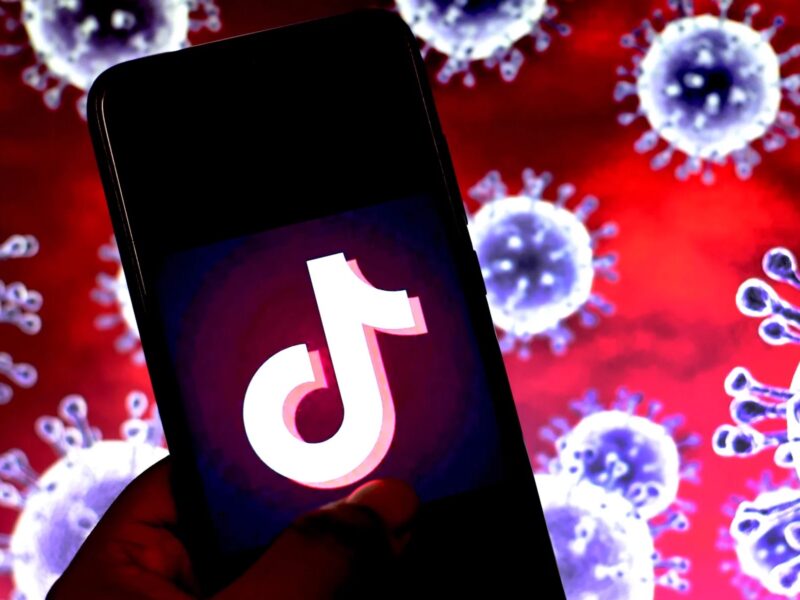
‘Contagion’: A movie to offer hope for life after COVID-19
Contagion (2011) portrays just how quickly a deadly virus can spread, causing civil unrest in the streets. In just eight days, 80,000 people were infected with Contagion’s virus, “MEV-1”, a virus which originated in China and took the world by storm. Sound familiar?
Although Contagion was initially released almost a decade ago, it’s filled with eerie similarities to the real-world pandemic caused by COVID-19. Between similar sources & similar symptoms, MEV-1 & COVID-19 share more than you might think. Fortunately, Contagion’s story gives us hope for life after the pandemic.

Similarities between COVID-19 & MEV-1
As with COVID-19, it’s difficult for the fictional researchers to discover the organic structure of MEV-1, making it more difficult than normal to find a vaccine. In Contagion, Dr. Ian Sussman (Elliot Gould) rises to this challenge in identifying a usable MEV-1 cell culture using bat cells – an eerie pre-echo of the story around COVID-19.
It’s confirmed in Contagion that MEV-1 contains bat DNA. Let’s get this straight: a novel virus which originated in China contains bat DNA. This same virus also quickly spreads from any contact. The similarities between the fictional MEV-1 & real-life COVID-19 keep stacking up – but they don’t end there.
In Contagion, many of MEV-1’s symptoms are shared by the real-life COVID-19. The most obvious, and well known, is coughing. In fact, Contagion opens with the sound of Beth Emhoff (Gwyneth Paltrow) coughing. Apart from respiratory problems, fictional virus MEV-1 also causes nausea & headaches.

Finding the vaccine
Contagion’s Dr. Sussman discovers bat DNA within the virus and therefore identifies a usable cell culture using bat cells. After this breakthrough, the fictional Dr. Hextall (Jennifer Ehle) uses the cell culture to discover a potential vaccine. Rather than waiting for human trials, Hextall injects herself with her experimental vaccine.
After injecting herself, Dr. Hextall visits her hospitalized father, who is infected with MEV-1. Even after contact with her infected father, Hextall doesn’t contract the virus; after 29 days & 26 million deaths, Contagion’s Dr. Hextall successfully developed a vaccine for the deadly MEV-1.

After the virus
Although Contagion doesn’t portray much post-pandemic life, it does show enough to give us hope for our future. A few months after the fictional vaccine for MEV-1 is approved, life slowly returns to normal.
In Contagion, the MEV-1 vaccine’s availability is limited initially. The government holds a lottery based on birthdate determining who receives available vaccines. Although this leads to raids and government officials being held hostage in exchange for the vaccine, once the vaccine is readily available, life returns to normal.
In fact, life gets even better. The fictional MEV-1 pandemic brings people & world governments together.
—
Contagion is just a movie. Although it holds some similarities to the real-life pandemic that currently plagues us, there is no way to know if events will play out the exact same way. Many believe Contagion was released “predictive programming” to prepare the populace for pandemic and encourage trust in authority to solve our problems for us. If so, that particular plan appears to be backfiring.







